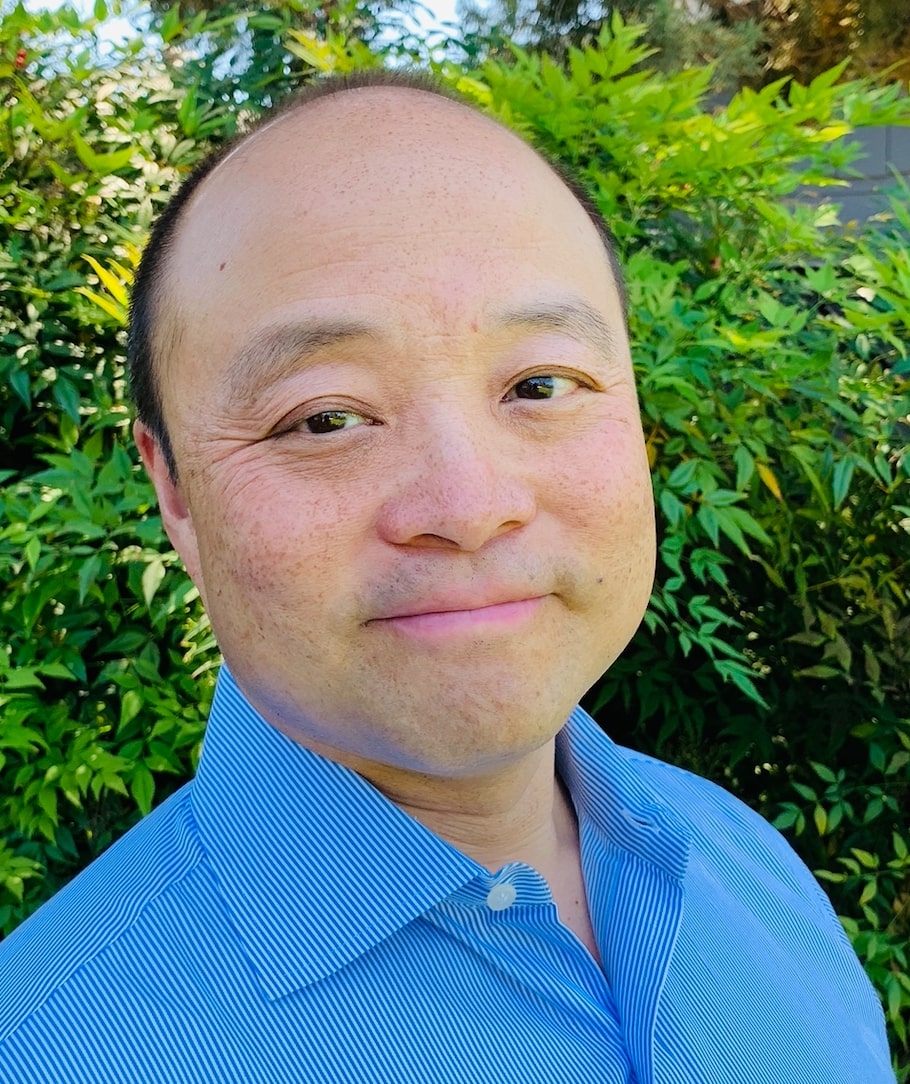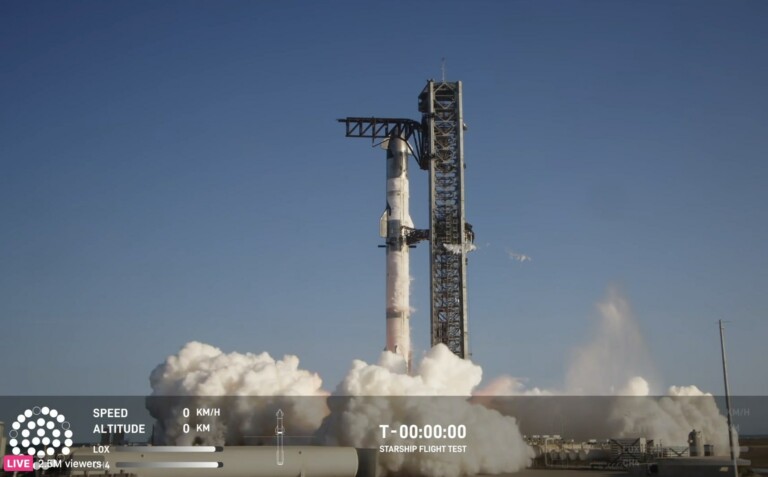Ultrafast plasmonics for all-optical switching and pulsed lasers | NextBigFuture.com
Plasmonic structures exhibit a wide range of physical characteristics, which are benefited by the localized and intensified light–matter interaction. There have been many recent advancements with ultrafast plasmonics.
Ultrafast plasmonic properties are exploited in numerous applications, such as surface-enhanced Raman scattering spectroscopy, sensors, and optical feedback in lasers. In addition to these applications, the ultrafast optical response of plasmons is also a crucial property that is exploited to attain optical signal switching across different spectral bands, which is critical for advanced optical logic circuits and telecommunication systems. Recently, optical switching has become an important component in the advancement of optical technology. Optical switching devices are required to have enhanced response speed and modulation depth along with a wide range of acceptability or tunability. The use of metallic nanostructures enables the high efficiency of ultrafast optical switching, with the SPR response time in the picosecond to femtosecond range. Periodic photonic devices that are incorporated into plasmonic nanostructures facilitate high-speed and low-threshold optical switches by amplifying the switching signal based on pure plasmonic spectral modulation. Under optical excitation, surface plasmon polaritons (SPPs) and localized surface plasmon resonance (LSPR) are different collective electronic oscillation categories in nanostructured metals, having a time span of 100 femtoseconds, and are considered ideal mechanisms to attain ultrafast optical switching in a myriad of applications.
One of the primary obstacles faced in all-optical data processing is associated with the development of a high-speed and efficient all-optical switch that can be considered comparable to a transistor in traditional electronic systems. However, to be practically used in integrated photonics, all-optical modulators should have switching times of less than a picosecond, be controlled by femtojoule energy levels of light, have switching contrasts higher than 10 dB, and be smaller than 100 nm. Currently, the designed photonic structure cannot function in the terahertz bandwidth spectrum and does not satisfy all of these requirements. However, plasmonics offers a promising solution for all-optical mechanisms since plasmons can quickly modify the medium’s complex refractive index along with improving the system response.
Plasmons and plasmonic resonance
Localized surface plasmons (LSPs), a collective charge oscillation related to electromagnetic modes associated with the conductor or dielectric interface, can be driven by strong interactions between light and the free conduction band electrons of metallic NPs. It seems reasonable that an external field would induce charges to develop on the surface of a metal. These charges would then stimulate a restoring force, which would feed new electric currents and maintain electron oscillation. The phenomenon acknowledged as LSP resonance (LSPR) empowers the strong localization of optical energy into the nanoscale region. As a result, plasmonic NPs have received a lot of attention in recent years and have been used in a variety of applications that benefit from their enhanced light coupling, such as solar energy harvesting, photodetection, and subwavelength nonlinear optics. Rapid LSP de-phase enables them to release energy, resulting in the formation of electron–hole (e–h) pairs with high energy. These charge carriers are considered “hot” when they are in a nonequilibrium state with significantly more energy than when they are in thermodynamic equilibrium. Hot electrons and holes facilitate several activities in their higher energy states that would not otherwise be possible. A few of the fascinating applications examined thus far include accelerating photochemical processes at the metal surface, assembling carriers to improve photodetection and photovoltaics, and manipulating light at high speeds. However, these possibilities are limited by charge carriers’ rapid internal relaxation, which loses the absorbed radiation energy shortly after the photoexcitation process by regaining equilibrium with the surrounding environment and converting it to heat. The metal NP and its surroundings are heated up extremely quickly (approximately picoseconds) as a result of this action, which offers a local heating mechanism through effective photothermal transduction. Hot electrons in plasmonic nanostructures have recently gained interest owing to their nanoscale potential to combine light capture and energy change, which has opened the door to new research and application avenues.
Pulse laser generation using optical switches
Plasmonic materials have the ability to spatially restrict light to a nanoscale regime, which is much smaller than the diffraction limit. This confinement significantly increases the electrical field strength and encourages applications in nonlinear optics. The thermalization and cooling of hot carriers during resonant excitation of plasmonic nanostructures by ultrafast laser pulses induce sub-picosecond scale transient photobleaching, revealing significant optical nonlinearity that could be utilized for optical modulation and switching. In general, Q-switching and mode-locking are the two distinct mechanisms for generating laser pulse output. The method of producing and triggering pulses via mechanical or electrical signals is known as active modulation, and it can be accomplished using acoustic-optical or electro-optical modulation mechanisms. Passive modulation, on the other hand, modulates without the requirement for external signal input by utilizing nonlinear optical (NLO) processes such as nonlinear polarization rotation, saturable absorption, and nonlinear refraction, also known as Kerr nonlinearity.
Plasmonic metal chalcogenides
Colloidal-processed plasmonic NPs are also reported for the development of SAs to drive pulse generation in different lasers. A recent review comprehensively summarizes this detail while discussing noble metals in contrast to nonnoble metals. Because of their great optical qualities and low cost, plasmonics based on semiconductors have recently emerged as formidable contenders for plasmonic applications. Comparatively speaking to plasmonics based on noble metals, semiconductors’ doping concentration regulates the carrier concentration, allowing for relatively easy manipulation of the positioning of their LSPR peak. Recent studies by our research group have focused on the recognized self-doping of p-type Cu2-xS semiconductors owing to copper deficiency.
Summary and Outlook
There are cutting-edge modeling approaches and experimental methodologies established over the past few years to reveal the interaction of ultrafast pulses with plasmonic materials and to investigate the dynamical processes. It will be necessary in the future to be able to monitor and grasp the ultrafast behavior of plasmonics on the nanoscale to construct functional devices. Increasing the time resolution of the experiment by utilizing probe pulses with a short duration, even below 1 fs, would enable researchers to investigate basic electronic processes in the few-cycle time domain. Additionally, experimentalists may now correlate fundamental processes such as light emission or absorption at the single-particle level, which could create a new avenue toward the observation of intriguing processes in ultrafast plasmonics linked to the quantum nature of the plasmons. On the other hand, recent research that combines plasmonics with other nonlinear components, including ENZ medium and 2D materials with robust excitonic effects, has proposed a feasible strategy for the development of more effective ultrafast all-optical switches. The development of these hybrid systems might aid in lowering the necessary switching powers owing to their low optical losses, large optical nonlinearities, and strong field localization effect.
Brian Wang is a Futurist Thought Leader and a popular Science blogger with 1 million readers per month. His blog Nextbigfuture.com is ranked #1 Science News Blog. It covers many disruptive technology and trends including Space, Robotics, Artificial Intelligence, Medicine, Anti-aging Biotechnology, and Nanotechnology.
Known for identifying cutting edge technologies, he is currently a Co-Founder of a startup and fundraiser for high potential early-stage companies. He is the Head of Research for Allocations for deep technology investments and an Angel Investor at Space Angels.
A frequent speaker at corporations, he has been a TEDx speaker, a Singularity University speaker and guest at numerous interviews for radio and podcasts. He is open to public speaking and advising engagements.
Information contained on this page is provided by an independent third-party content provider. This website makes no warranties or representations in connection therewith. If you are affiliated with this page and would like it removed please contact editor @riverton.business





